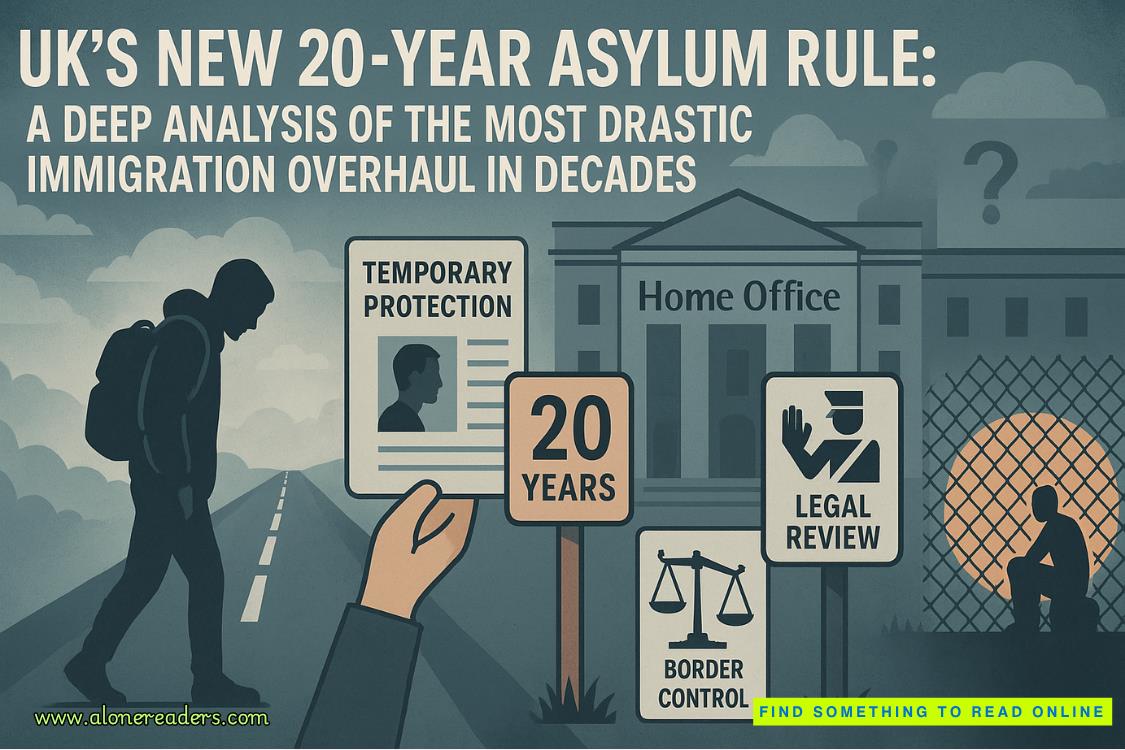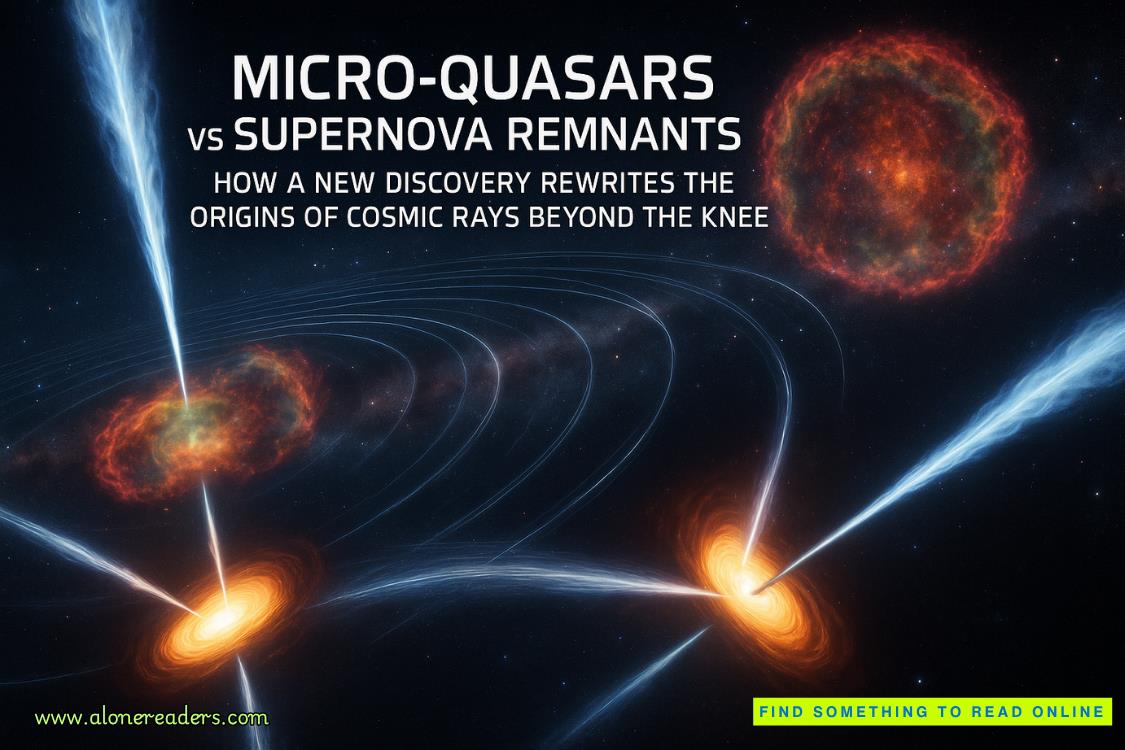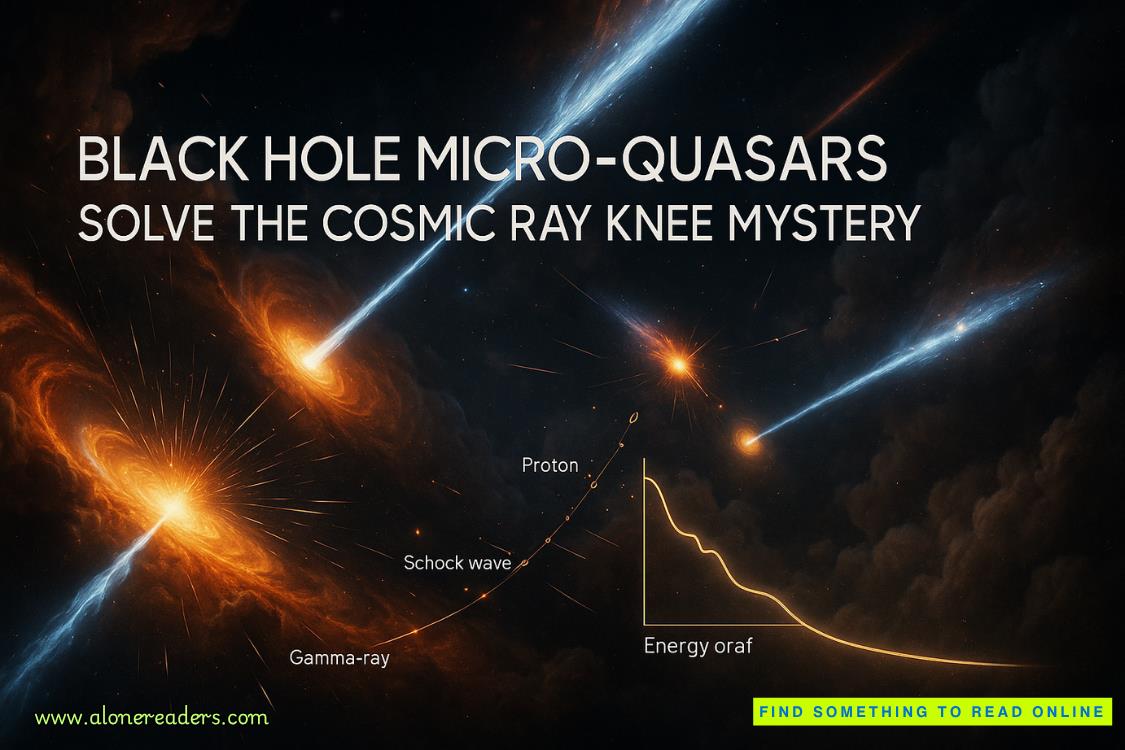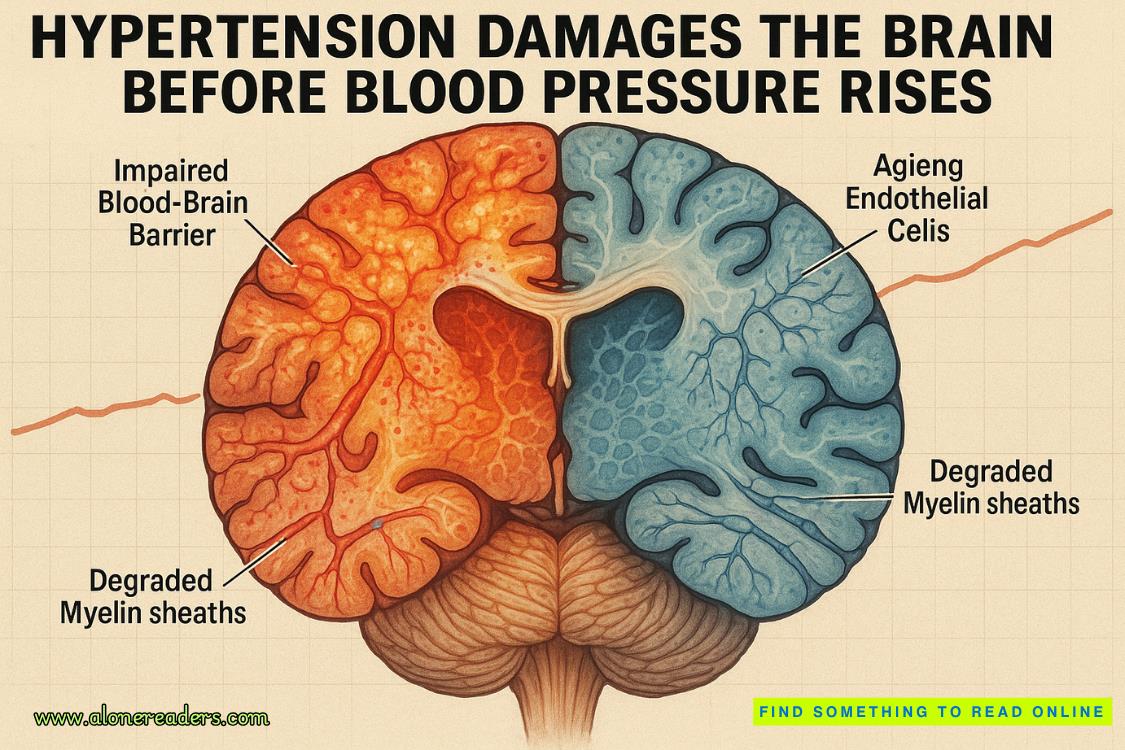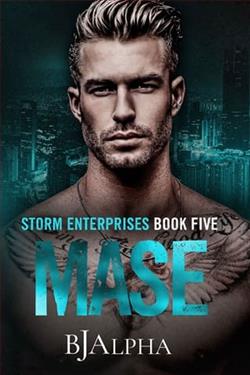Page 20 of Better off Dead
“This isn’t just about Michael. It never was.”
“No? Then who else is it about?”
“I don’t know names. Innocent people.”
“The vets in Dendoncker’s crew?”
“No. Random strangers.”
“Who? What kind of strangers?”
Fenton took a breath. “Reacher, there’s something I didn’t tell you. I know what Dendoncker’s doing with those planes. What he’s going to transport in them. Bombs.”
“How do you know?”
“I know because Michael was making them.”
Chapter13
Fenton pushed the bags offake blood aside and sat on the bed. She put her head in her hands. She rested her elbows on her knees. She was completely still for over a minute. Then she straightened up.
“I didn’t lie to you, Reacher. I just didn’t tell the whole truth.”
“You better tell it now. If you want me to reconsider.”
“OK. Rewind to when I left the army. I went into law enforcement. I joined the FBI. Became a Special Agent. Evidence processing was my specialty. I worked out of a couple of field offices, did well, and got assigned to TEDAC as a result. Do you know anything about it?”
“Not much.”
“It’s the Terrorist Explosive Device Analytical Center. Think of it as bringing forensics to the battlefield. It began during the second Gulf War. Our troops were taking a hammering. Someone got the idea of collecting evidence and sending it to Quantico. A team was put together to analyze everything that came in. They came up with ways to spot IEDs. To defend against them. Defuse them. Eventually they were able to identify the bomb makers. Sometimes right down to an individual. Sometimes to a factory. The recovered components tell a story. So do the techniques that are used. Even the way a wire is twisted can be significant. The team was so successful it expanded and moved to a new base in Alabama. Its scope expanded, too. Now it has a whole world mission, with no constraints on time. Information is shared with partners. Arrests have been made all over the globe with TEDAC’s help. London. Berlin. Addis Ababa. All in the last few weeks. Evidence is being brought in from more places, and from further back in time. Material from Lockerbie, Scotland, is on its way, I heard. And Yemen. And some already arrived from Beirut, that big barracks bomb, all the way back in the eighties.”
There was another weird echo from the past. I’d thought plenty over the years about the guy whose jawbone wound up in my abdomen. And the other Marines who died that day. But I hadn’t dwelled too much on the physical evidence. I knew it was examined thoroughly at the time. Picked over and combed through by experts, with all the best tools and techniques available back then. I figured once all the clues and leads had been sniffed out anything left would have been disposed of. Cleaned up. Thrown away. Preferably set on fire. I never imagined it getting brought back to the States, so long after all the bodies.
She said, “There’s an initiative to facilitate this kind of work. It’s calledICEP.The International Collection and Engagement Program. I was part of it. Specialists are sent to partner countries to help with training. That includes Afghanistan. Because of my background, I got sent there. To a scene that hadn’t been cleared properly. It plays into a classic AQ tactic. They hide a bunch of devices. Some obvious. Some, not so much. The rest is history. For my foot, anyway.”
“That’s why you moved to work in a lab?”
“Right. But I didn’t leave the Bureau. I couldn’t work in the field anymore so they let me retrain. I’m a bio recovery technician now. Or I was. I pulled prints, but mostly from older devices. I recovered hairs, and anything that could yield DNA. It was uneventful, dull, but sometimes very satisfying. Like a month ago. We had a case involving a guy who used to work for a Kuwait oil company. A lead came in claiming that he was an AQI sympathizer. Al Qaeda in Iraq. The Bureau set up a sting operation and they got him on tape boasting to an undercover agent about how he used to build bombs in a basement in Abu Ghraib. They cross-referenced dates and places, pulled a bunch of evidence that hadn’t been processed yet, and guess what? I pulled his print from a fragment of a roadside bomb. Gold star for me. Life in prison for him. I was happy with that result. Unlike my last case. An unexploded bomb came in. That’s the holy grail to us. Everything is intact. It’s a feast of evidence. This was no different. There were a bunch of standout things. First, it was found within the United States, not brought here from somewhere else. Second, it had a GPS chip in it, which we figure was to let the terrorists know when their target was near so they could detonate. But as a backup. Because the third thing was, it also had a transponder.”
“I don’t know what that is.”
“OK. It’s like this. There are two parts. One sends out a radio signal. The other bounces back a reply. One was in the bomb. The other would be carried by the target. Presumably without his or her knowledge. I think it was supposed to be the primary trigger.”
“What if something else sent a signal and triggered it?”
“They don’t work that way. Each pair has a code. If the code doesn’t match, nothing happens. Which is why I think it didn’t go off. The other part of the transponder must not have come within range before the bomb was found. Which is fortunate. Because of all the lives that were saved. And because of the fourth thing in there. A fingerprint. Right on the transponder itself. It came to me for identification.”
“Whose was it?”
“It was Michael’s.”
“What did you do?”
Fenton was silent for a moment. She looked at the floor. Then she looked at me. “I was shocked, obviously. I double-checked the print. I triple-checked it. But there was no mistake. It was Michael’s.”
“Could—”
“There’s something else. I was also given the card from the Red Roan to examine. There was no writing on it. I made that part up, because I left the bomb part out. There was a condom in there, too. Still in its wrapper. I have no idea why. To make it look like random stuff had fallen in by accident, if one of Dendoncker’s guys saw it, maybe? Anyway, I figured Michael was repenting. He wanted to stop. He wanted to get out. He knew where I worked. He knew what I did. He knew I’d find his print. It was so prominent. And that’s rare. Current bomb makers wear gloves because they know the kind of things we can recover now. So, and I’m not proud of this, I panicked. I destroyed his print. And the transponder. And the card from the Red Roan. I deleted all records of them. And I quit. The rest you know. Everything else I told you is true.”
